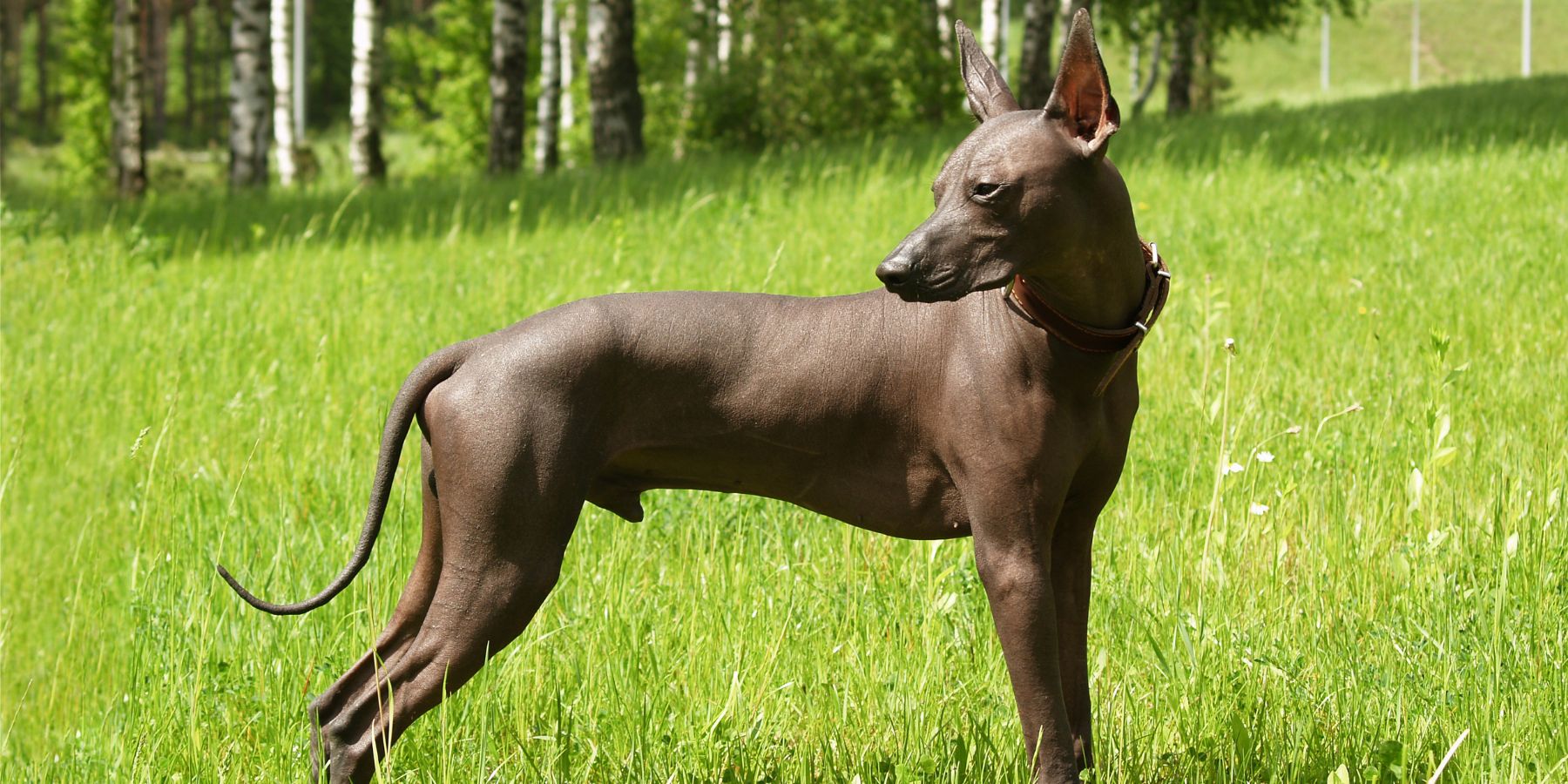Selecting the right harness for your dog is crucial for both their comfort and safety. Understanding how girth sizes vary by breed is an essential factor in making the right choice. This guide will explore the importance of accurate measurement and provide a detailed overview of different dog breeds and their corresponding girth sizes.
Importance of the Right Fit
Before diving into the specifics, it’s crucial to understand why the right fit matters. A harness that’s too tight can cause discomfort or even injury, while one that’s too loose might not be secure, leading to potential escapes. The correct harness size ensures your dog’s comfort and safety during walks, training sessions, or any outdoor activities.
Measuring Your Dog’s Girth
Measuring your dog’s girth is the first step in finding the perfect harness. Girth refers to the circumference of your dog’s body just behind the front legs, which is the widest part of their ribcage. Use a soft tape measure to wrap around this area, ensuring it’s snug but not too tight. Note the measurement in inches or centimeters, as this will guide you in selecting the right harness size.
Breed-Specific Girth Sizes
Now, let’s look at how girth sizes vary by breed. Remember that these are general guidelines; individual dogs within the same breed can vary in size.
Small Breeds
Breeds like Chihuahuas, Pomeranians, and Yorkshire Terriers typically have a girth ranging from 12 to 16 inches. Harnesses for these breeds are often lightweight and compact.
Medium Breeds
Breeds such as Beagles, Bulldogs, and Cocker Spaniels usually have a g
girth size between 18 and 28 inches. These dogs require harnesses that offer a balance of support and flexibility.
Large Breeds
Breeds like Labradors, German Shepherds, and Golden Retrievers have a girth size ranging from 28 to 36 inches. Harnesses for these breeds need to be robust and durable to handle their size and strength.
Giant Breeds
Giant breeds such as Great Danes and Saint Bernards can have girth sizes exceeding 36 inches. These dogs require specially designed harnesses that can support their large size without compromising on comfort.
Additional Considerations
While breed and girth size are significant, other factors also play a role in harness selection. Consider your dog’s age, health, and the type of activities you’ll be doing. Puppies and senior dogs, for instance, might need different harness types than adult dogs.
Conclusion
Selecting the right harness is crucial for your dog’s comfort and safety. By understanding your dog’s girth size and considering their breed, age, and activity level, you can make an informed decision. Remember to recheck your dog’s girth size regularly, especially if they are still growing or have weight changes.
We’d love to hear your experiences and tips on choosing the right harness for your dog. Feel free to share your thoughts and questions in the comments below!
